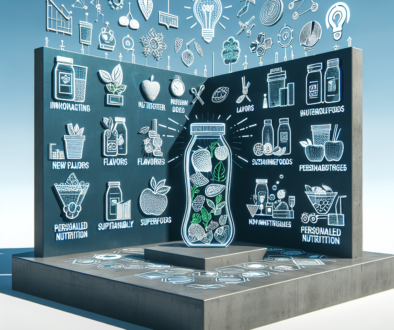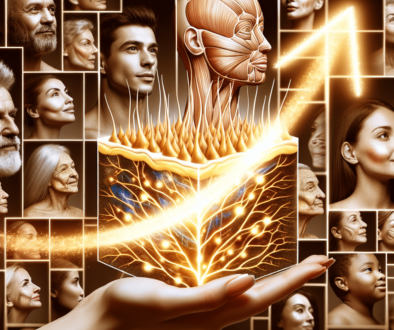Effects Of Electrospun Collagen Nanofibrous Matrix On The Biological Behavior Of Human Dental Pulp Cells
Keywords
Collagen, Electrospinning, Pulp Regeneration, Nanofibers, Scaffoldcollagen, Electrospinning, Pulp Regeneration, Nanofibers, Scaffold
Abstract
Purpose: To compare the adhesion, proliferation and differentiation of human dental pulp cells (hDPCs) on collagen electrospun nanofibrous membrane (collagen nanofibrous matrix, Col_NFM) and directly deposited collagen film (collagen flat film, Col_FF). Explore the effect of collagen nanofiber scaffolds on the biological behavior of hDPCs. Methods: Scanning electron microscopy (SEM) was used to observe the surface morphology of the two collagen films, and their surface contact angles and swelling properties were compared. hDPCs were seeded on the surface of two collagen membranes and co-cultured. The growth morphology of hDPCs on the scaffold surface was observed using SEM and laser scanning microscope (LSM), and the proliferation of hDPCs was measured using the CCK-8 method. After 14 days of induction, the expression changes of genes related to odontoblast differentiation were compared, and the formation of mineralized nodules was observed with alizarin red staining. Results: The SEM image shows that the fiber diameter of the Col_NFM group is (884¡À159) nm, and there are a large number of three-dimensional connected pore structures between the fibers, while the Col_FF group has a flat surface and no pore structure. The instantaneous surface contact angle of the Col_NFM group is 85.03¡ã¡À4.45¡ã and the swelling degree is 3. The instantaneous surface contact angle of the Col_FF group is 98.98¡ã¡À5.81¡ã and the swelling degree is 1. The Col_NFM group has better hydrophilicity and swelling performance. SEM and LSM results showed that hDPCs in the Col_NFM group appeared as irregular polygons and grew in three dimensions, while cells in the Col_FF group grew in a spindle shape on a two-dimensional plane. CCK-8 results showed that hDPCs had higher proliferation activity on Col_NFM scaffold. After 14 days of induction, the expression levels of dentin differentiation-related genes in the Col_NFM group were significantly higher than those in the Col_FF group (P<0.05), and the alizarin red staining was also deeper. Conclusion: Col_NFM has a nanoscale microstructure and has good hydrophilicity and swelling properties. Compared with Col_FF, hDPCs show better adhesion, proliferation and differentiation properties on the Col_NFM surface. Objective: To compare cell adhesion, proliferation and odontoblastic differentiation of human dental pulp cells (hDPCs) on electrospun collagen nanofibrous matrix (Col_NFM) with that on collagen flat film (Col-FF), to investigate the biological effect of collagen nanofibrous matrix on hDPCs . Methods: The surface morphology of the two different collagen scaffolds was analyzed by scanning electron microscopy (SEM), and the contact angle and the swelling ratio were also measured. Then hDPCs were implanted on the two different collagen scaffolds, the cell morphology was observed using SEM and laser scanning microscope (LSM), and cell proliferation was evaluated by the CCK-8 assay. After hDPCs cultured on the two different collagen scaffold with odontoblastic medium for 14 days, the expression of odontoblastic differentiation related genes was detected by real- time PCR, and alizarin red staining was used to test the formation of mineralized nodules. Results: From the SEM figures, the fibers' diameter of Col_NFM was (884¡À159) nm, and there were abundant three dimensional connected pore structures between the fibers of Col_NFM, while the surface of Col_FF was completely flat without pore structure. The contact angle at 0 s of Col_NFM was 85.03¡ã¡À4.45¡ã, and that of Col_FF was 98.98¡ã¡À5.81¡ã. The swelling ratio of Col_NFM was approximately 3 folds compared with dry weight sample, while that of Col_FF was just 1 fold. Thus Col_NFM indicated better hydrophilicity and swelling property. SEM and LSM showed that hDPCs on Col_NFM presented an irregular and highly branched phenotype, and could penetrate into the nanofibrous scaffold. In contrast , the cells were spread only on the surface of Col_FF with a spindle-shaped morphology. CCK-8 assays showed that hDPCs on Col_NFM showed higher proliferation rate For further information of this article and research, feel free to contact our team for asssitance. Original research was done by Zhang Qianli, Yuan Chongyang, Liu Li, Wen Shipeng (), Wang Xiaoyan ()
About ETChem
ETChem, a reputable Chinese Collagen factory manufacturer and supplier, is renowned for producing, stocking, exporting, and delivering the highest quality collagens. They include marine collagen, fish collagen, bovine collagen, chicken collagen, type I collagen, type II collagen and type III collagen etc. Their offerings, characterized by a neutral taste, and instant solubility attributes, cater to a diverse range of industries. They serve nutraceutical, pharmaceutical, cosmeceutical, veterinary, as well as food and beverage finished product distributors, traders, and manufacturers across Europe, USA, Canada, Australia, Thailand, Japan, Korea, Brazil, and Chile, among others.
ETChem specialization includes exporting and delivering tailor-made collagen powder and finished collagen nutritional supplements. Their extensive product range covers sectors like Food and Beverage, Sports Nutrition, Weight Management, Dietary Supplements, Health and Wellness Products, ensuring comprehensive solutions to meet all your protein needs.
As a trusted company by leading global food and beverage brands and Fortune 500 companies, ETChem reinforces China’s reputation in the global arena. For more information or to sample their products, please contact them and email karen(at)et-chem.com today.



